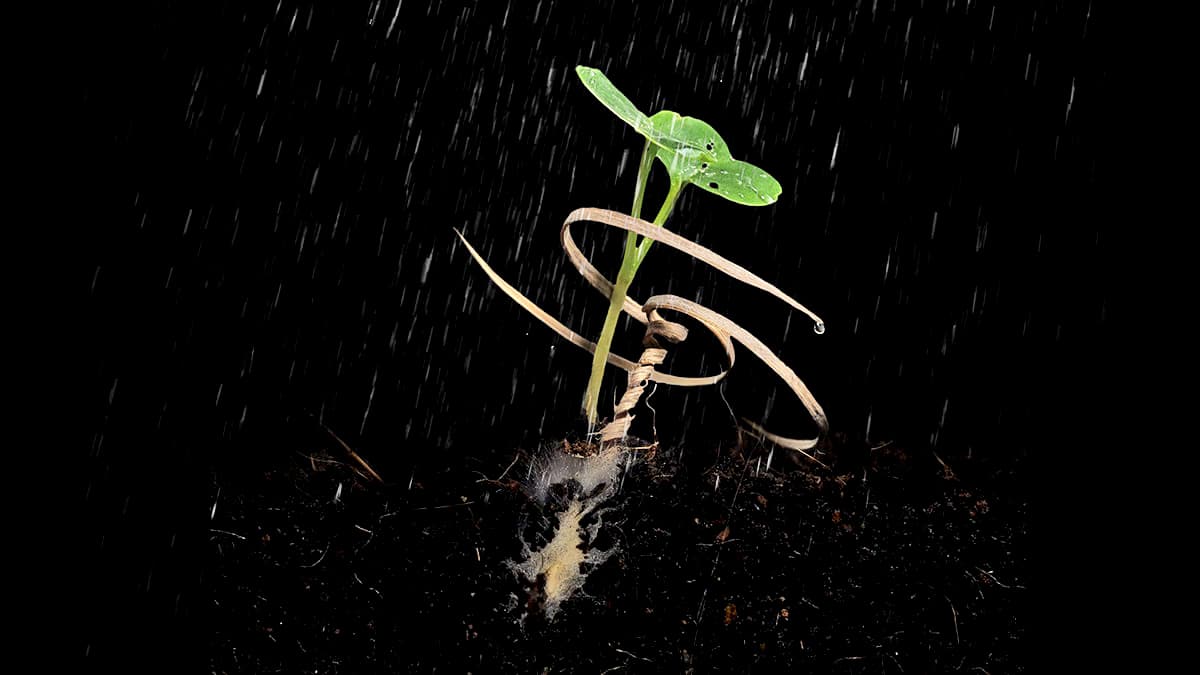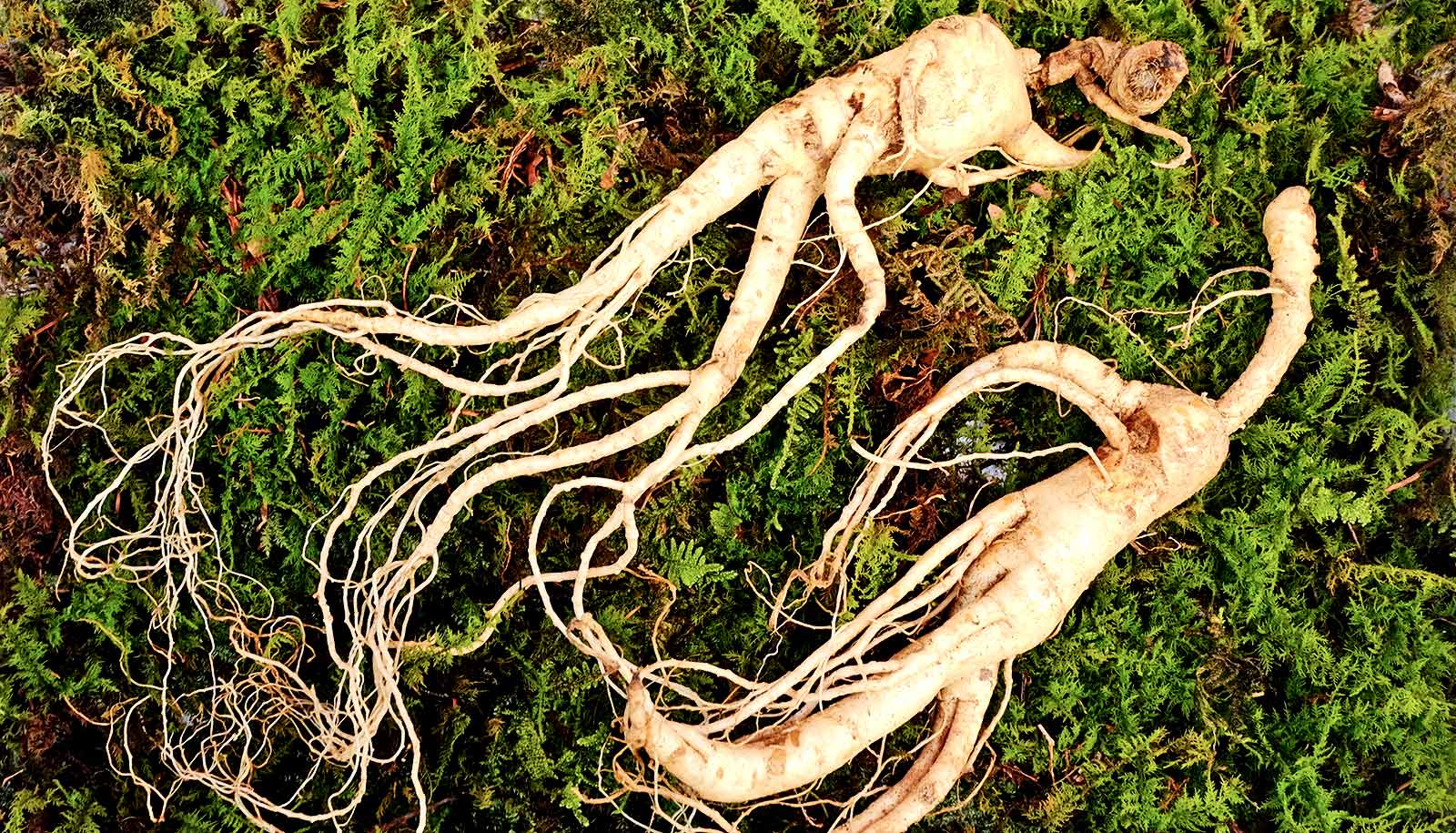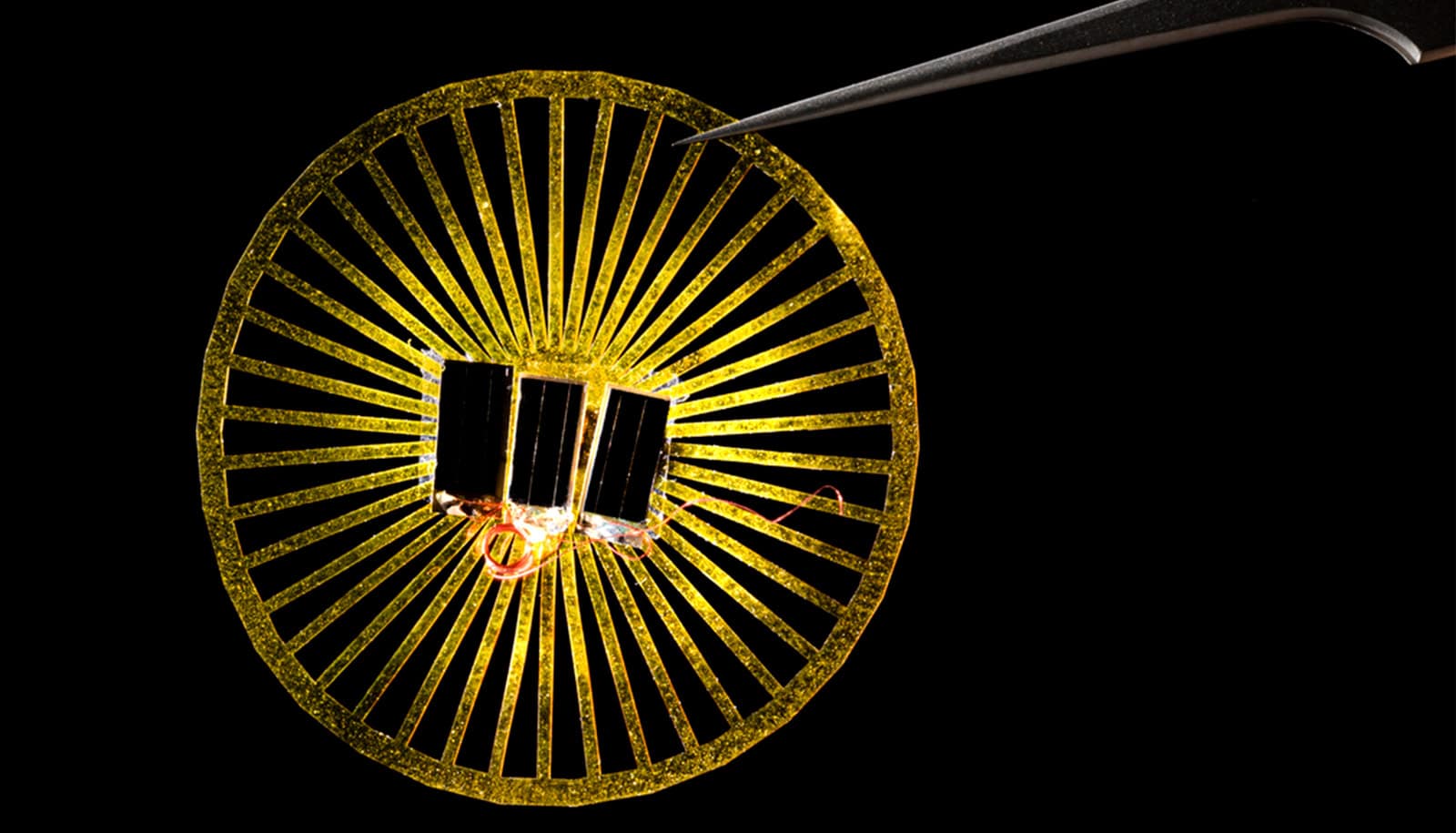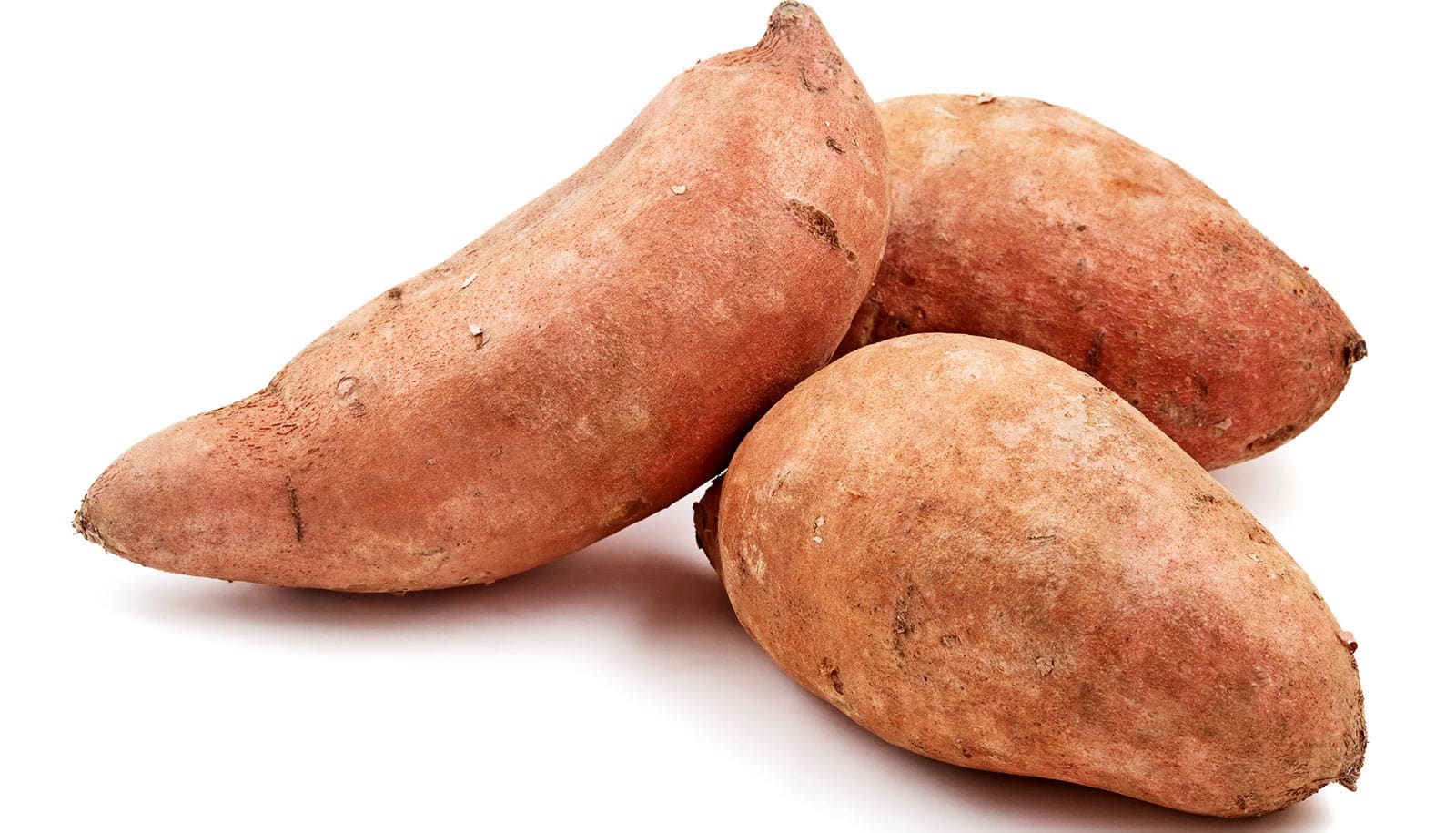Engineers have developed wooden seed carriers that mimic the behavior of self-burying seeds.
Before a seed can grow into a tree, flower, or plant, it needs to successfully implant itself in soil—a delicate and complex process.
For the Erodium flower to implant a seed, its stalk forms a tightly wound, seed-carrying body with a long, curved tail at the top. When it begins to unwind, the twisting tail engages with the ground, causing the seed carrier to push itself upright. Further unwinding creates torque to drill down into the ground, burying the seed.
Inspired by Erodium’s magic, Teng Zhang, professor of mechanical and aerospace engineering at Syracuse University, Lining Yao from Carnegie Mellon University, and a team of collaborators worked to engineer a biodegradable seed carrier called E-seed.
Their seed carrier, fashioned from wood veneer, could enable aerial seeding of difficult-to-access areas, and could work for a variety of seeds or fertilizers and adapt to many different environments. The carriers also could be used to implant sensors for environmental monitoring. They might also assist in energy harvesting by implanting devices that create current based on temperature fluctuations.
“This is a perfect example demonstrating the beauty and power of bioinspired design. We learn from nature and eventually achieve superior performance by leveraging the freedom of engineering design,” says Zhang.
The team’s work appears in the journal Nature.
“Seed burial has been heavily studied for decades in terms of mechanics, physics, and materials science, but until now, no one has created an engineering equivalent,” says Yao, director of the Morphing Matter Lab in the School of Computer Science’s Human-Computer Interaction Institute at Carnegie Mellon.
“The seed carrier research has been particularly rewarding because of its potential social impact. We get excited about things that could have a beneficial effect on nature.”
Additional collaborators are from Carnegie Mellon, the University of Pennsylvania, Zhejiang University, and Accenture Labs.
Source: Syracuse University, Byron Spice for Carnegie Mellon University



